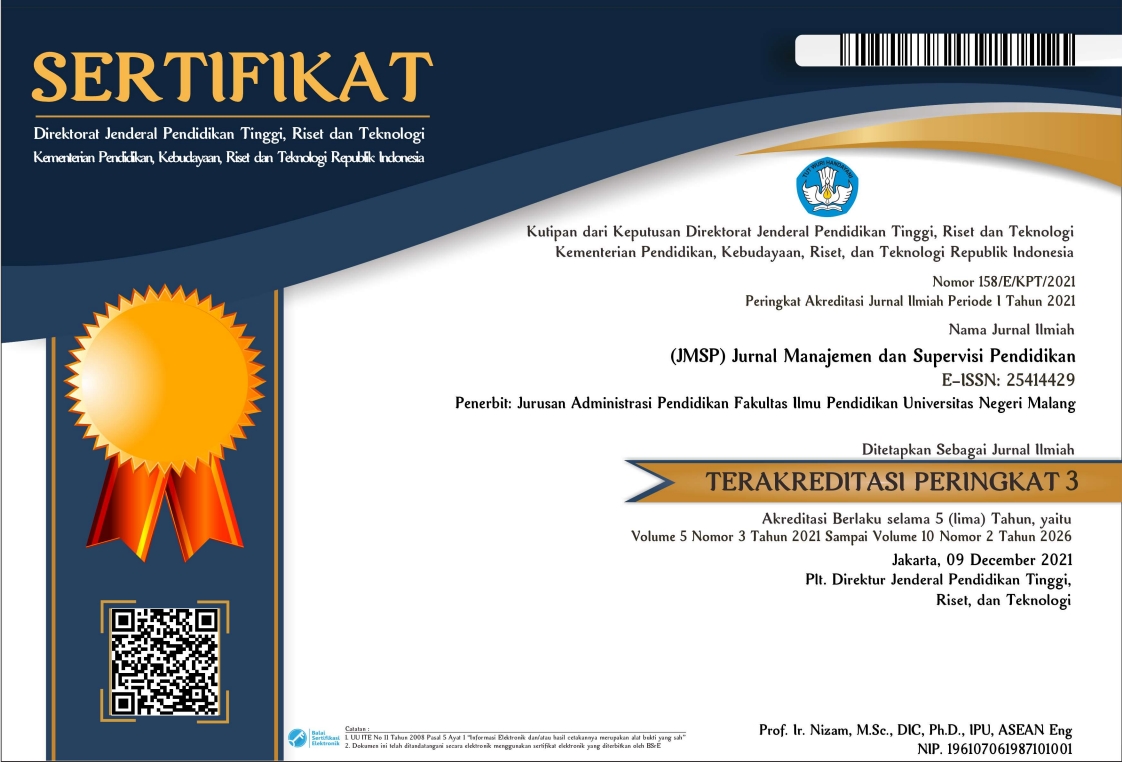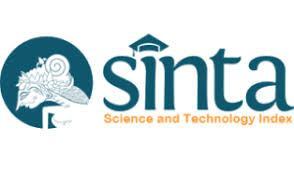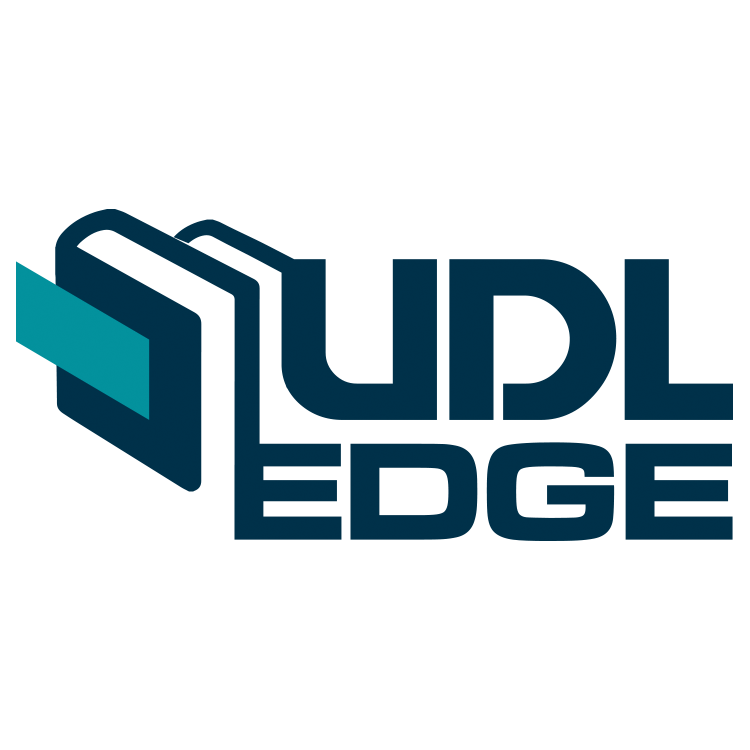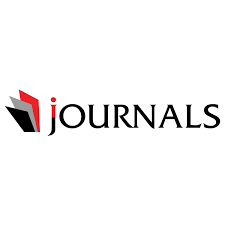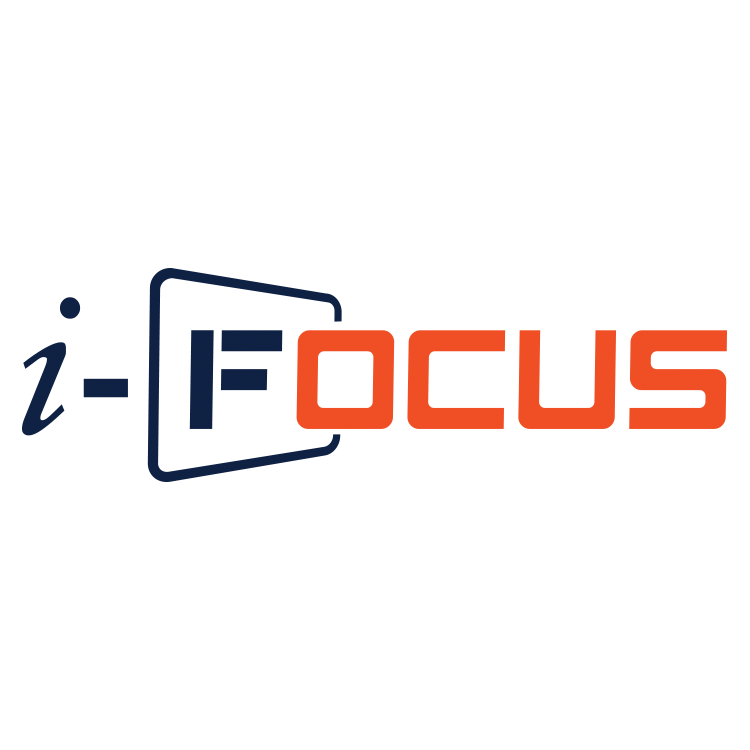Implementation of Quality improvement Strategies and Competitiveness in islamic educational institutions
Abstract
Keywords
Full Text:
PDFReferences
Ab. Samad, R. S., Rahmad Sukor, M. I., Syah, D., & Muslihah, E. (2014). Understanding the Implementation of Knowledge Management in High-Performance Schools in Malaysia. SAGE Open, 4(4), 215824401456120. https://doi.org/10.1177/2158244014561206
Aladag, O. F., Köseoglu, M. A., King, B., & Mehraliyev, F. (2020). Strategy implementation research in hospitality and tourism: Current status and future potential. International Journal of Hospitality Management, 88, 102556. https://doi.org/10.1016/j.ijhm.2020.102556
Allen, M. (Ed.). (2017). Library Research. In The SAGE Encyclopedia of Communication Research Methods. SAGE Publications, Inc. https://doi.org/10.4135/9781483381411.n296
Baumann, C., & Winzar, H. (2016). The role of secondary education in explaining competitiveness. Asia Pacific Journal of Education, 36(1), 13–30. https://doi.org/10.1080/02188791.2014.924387
Borrero, S., Acosta, A., & Medina, A. F. (2020). Culture, strategy formulation, and firm performance: a meta-analysis. Academia Revista Latinoamericana de Administración, 33(1), 147–176. https://doi.org/10.1108/ARLA-01-2018-0013
David, F. R., & David, F. R. (2015). Strategic Management Concepts and Cases. Pearson.
Eri Kusumaningrum, D., Ulfatin, N., Maisyaroh, M., Triwiyanto, T., & Gunawan, I. (2017). Community Participation in Improving Educational Quality. Proceedings of the 2nd International Conference on Educational Management and Administration (CoEMA 2017). https://doi.org/10.2991/coema-17.2017.8
Fadhli, M. (2018). Menata Ulang Lembaga Pendidikan Islam Sebagai Upaya Meningkatkan Mutu. Ansiru PAI :Jurnal Pengembangan Profesi Guru Pendidikan Agama Islam, 3(1), 114–126. https://doi.org/10.30821/ansiru.v2i1.1635.g1315
Fidler, B. (2002). Strategic Management for School Development. Paul Chapman Publishing.
Foster, S. T. (2013). Managing Quality: Integrating The Supply Chain (5th ed.). Prentice Hall.
Goetsch, D. L., & Davis, S. (2014). Quality Management: Introduction to Total Quality Management for Production (Pearson Ne). Pearson.
Hieu, V. M., & Nwachukwu, C. (2019). Strategy Evaluation Process And Strategic Performance Nexus. Business Management, 20(1), 43–55.
Hill, C. W. L., Jones, G. R., & Schilling, M. A. (2015). Strategic Management: An Integrated Approach. Cengage Learning.
Hitt, M. A., Ireland, R. D., & Hoskisson, R. E. (2011). Concepts Strategic Management Competitiveness & Globalization. Cengage Learning.
Kurland, H., Peretz, H., & Hertz‐Lazarowitz, R. (2010). Leadership style and organizational learning: the mediate effect of school vision. Journal of Educational Administration, 48(1), 7–30. https://doi.org/10.1108/09578231011015395
Malaikosa, Y. M. L. (2021). Strategi Kepala Sekolah dalam Mengimplementasikan Manajemen Berbasis Sekolah untuk Meningkatkan Mutu Sekolah. Idaarah: Jurnal Manajemen Pendidikan, 5(1), 1. https://doi.org/10.24252/idaarah.v5i1.20270
Mashingaidze, M., Phiri, M., & Bomani, M. (2021). The influence of strategy formulation practices on the perceived financial performance of small and medium enterprises: The Zimbabwean experience. The Southern African Journal of Entrepreneurship and Small Business Management, 13(1). https://doi.org/10.4102/sajesbm.v13i1.343
Mitra, A. (2021). Fundamentals Of Quality Control and Improvement. John Wiley & Sons.
Mombourquette, C. (2017). The Role of Vision in Effective School Leadership. International Studies in Educational Administration, 45, 19–37.
Muneeb, D., Khong, K. W., Ennew, C., & Avvari, M. (2020). Conceptualizing and validating resource recombination in context of higher educational institution competitiveness. International Journal of Organizational Analysis, 28(4), 889–916. https://doi.org/10.1108/IJOA-07-2019-1843
Oakland, J. S. (2014). Total Quality Management and Operational Excellence:Text with cases (4th ed.). Routledge.
Punt, A. E., Butterworth, D. S., de Moor, C. L., De Oliveira, J. A. A., & Haddon, M. (2016). Management strategy evaluation: best practices. Fish and Fisheries, 17(2), 303–334. https://doi.org/10.1111/faf.12104
Rothaemel, F. T. (2017). Strategik Management Concept. McGraw-Hill Education.
Sagala, S. (2010). Manajemen Strategik dalam Peningkatan Mutu Pendidikan. Alfabeta.
Sallis, E. (2002). Total Quality Management in Education (3rd ed.). Kogan Page.
Sampurno. (2013). Manajemen Strategik: Menciptakan Keunggulan Bersaing yang Berkelanjutan. UGM Press.
Slåtten, T., Mutonyi, B. R., & Lien, G. (2021). Does organizational vision really matter? An empirical examination of factors related to organizational vision integration among hospital employees. BMC Health Services Research, 21(1), 483. https://doi.org/10.1186/s12913-021-06503-3
Summers, D. C. S. (2018). Quality. Pearson.
Tawse, A., Patrick, V. M., & Vera, D. (2019). Crossing the chasm: Leadership nudges to help transition from strategy formulation to strategy implementation. Business Horizons, 62(2), 249–257. https://doi.org/10.1016/j.bushor.2018.09.005
Tawse, A., & Tabesh, P. (2021). Strategy implementation: A review and an introductory framework. European Management Journal, 39(1), 22–33. https://doi.org/10.1016/j.emj.2020.09.005
DOI: http://dx.doi.org/10.17977/um025v6i22022p76
Refbacks
- There are currently no refbacks.
Copyright (c) 2022 JMSP (Jurnal Manajemen dan Supervisi Pendidikan)

This work is licensed under a Creative Commons Attribution 4.0 International License.

